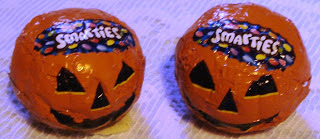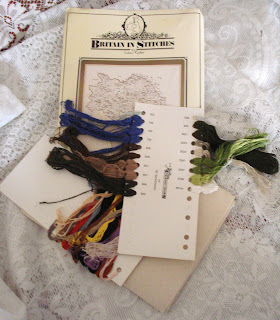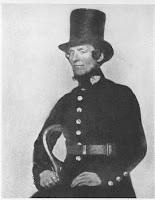
oday (or what's left of it) is the feast of Saint Eligius, who is also known as St Eloy or St Loye, and is the patron saint of goldsmiths, which seems highly suitable during the run-up to Christmas, especially when you consider that gold was one of the gifts present to Jesus by the Three Kings.
Apparently Eligius, who died in the 7th century, was a skilled goldsmith who became counsellor to the French king, but established churches and monasteries, helped the poor, carried out missionary work, and eventually became a bishop.
 |
| December, from Jean, duc du Berry's Book of Hours. |
Anway,
It's the First of December, the year is almost at an end, and the
final count-down to Christmas is under way, so I'm launching a
seasonal celebration. Last year I celebrated with 'Adfest' over on my
other blog (The Book Trunk), a kind
of month-long Advent Festival where I looked at my favourite
literary representations of Christmas. This year I'm marking the
occasion here, on my original blog, by trying to find out a little
bit about some of our seasonal customs.
December,
as I'm sure most of you know, is so called because it was the tenth
month of the old Roman calendar (decem is Latin for ten), and it kept
its name after Julius Caesar reformed the calendar, and two new new
months were introduced. The Anglo Saxons called it Winter Monath, or
Yule Monath.
Many
religions have major festivals during the month, which is the darkest
time of the year, with the shortest days and the longest nights, and
it is one of the most important times in the Christian calendar,
celebrating the birth of Jesus. All kinds of traditions have sprung
up and by now you should have baked your cake and prepared a
Christmas pudding ready for boiling or steaming – after all,
Stir-Up Sunday was back in November.
But
many of you will have opened the first window of your advent calendar
today, and I notice that lots of people have already decorated their
homes and put a Christmas tree up, which does seem awfully early to
me – when I was a child decorations and trees usually went up on
Christmas Eve, and stayed up for the 12 Days of Christmas, before
being taken down and carefully packed away for another year.


























.JPG)



